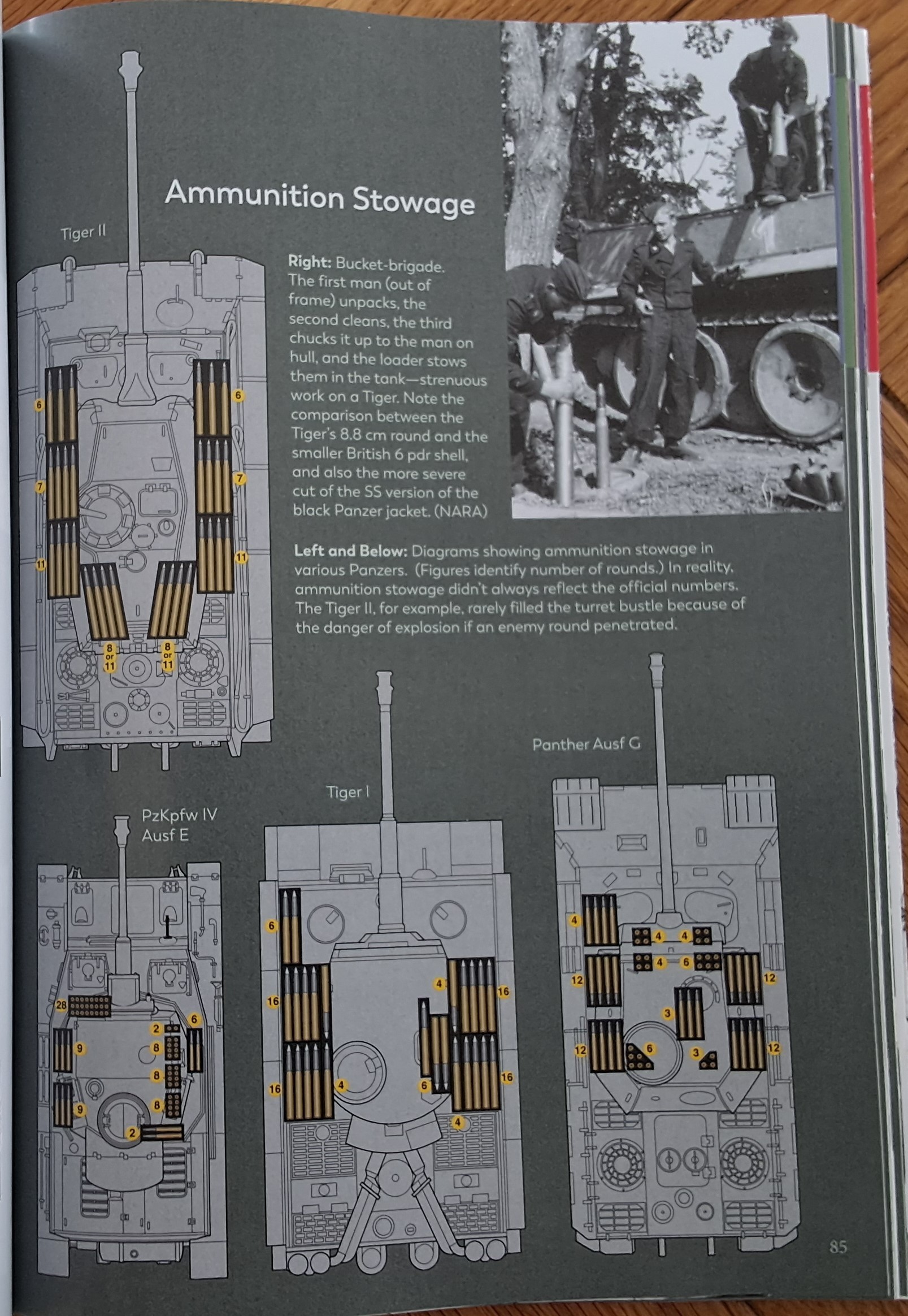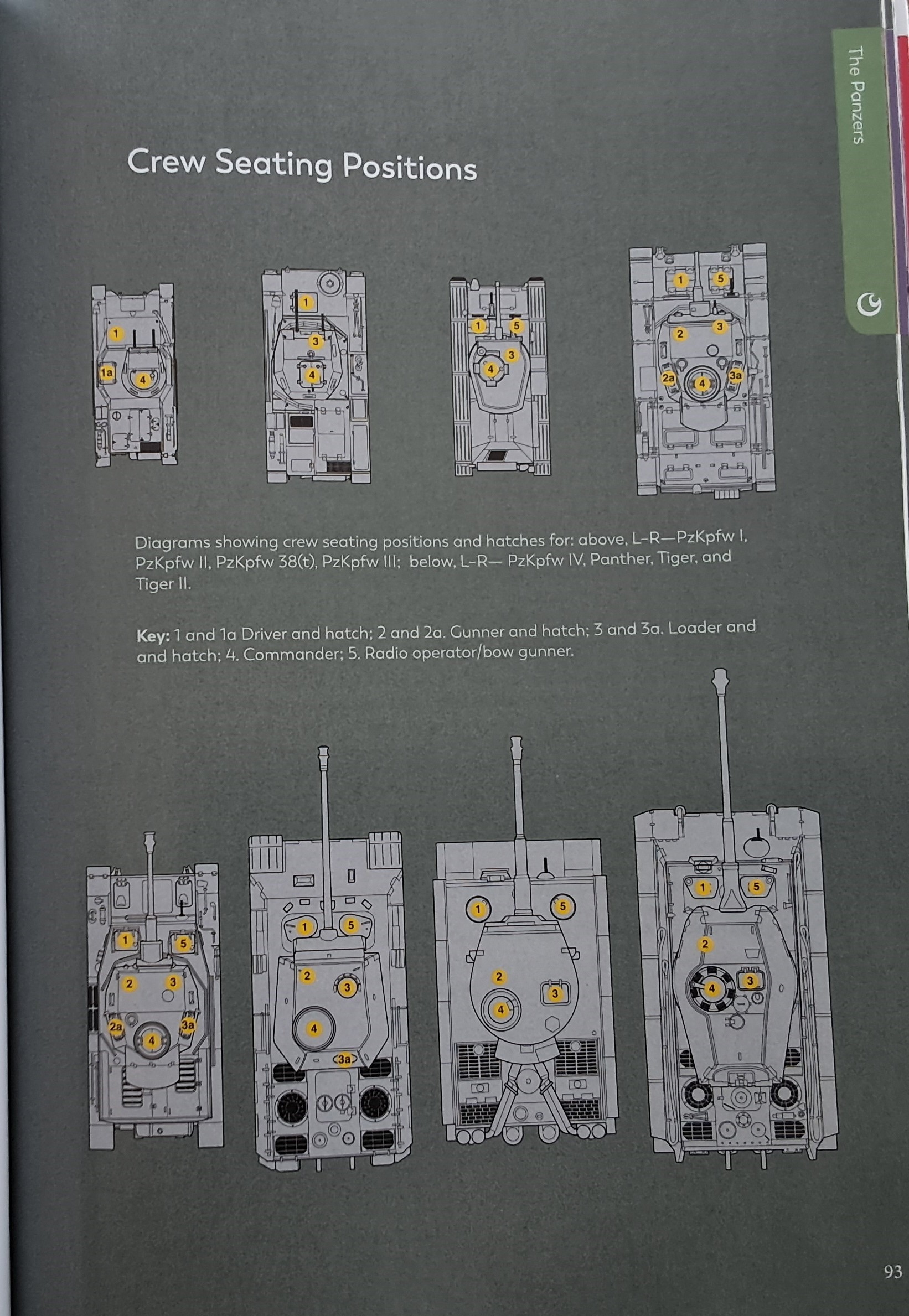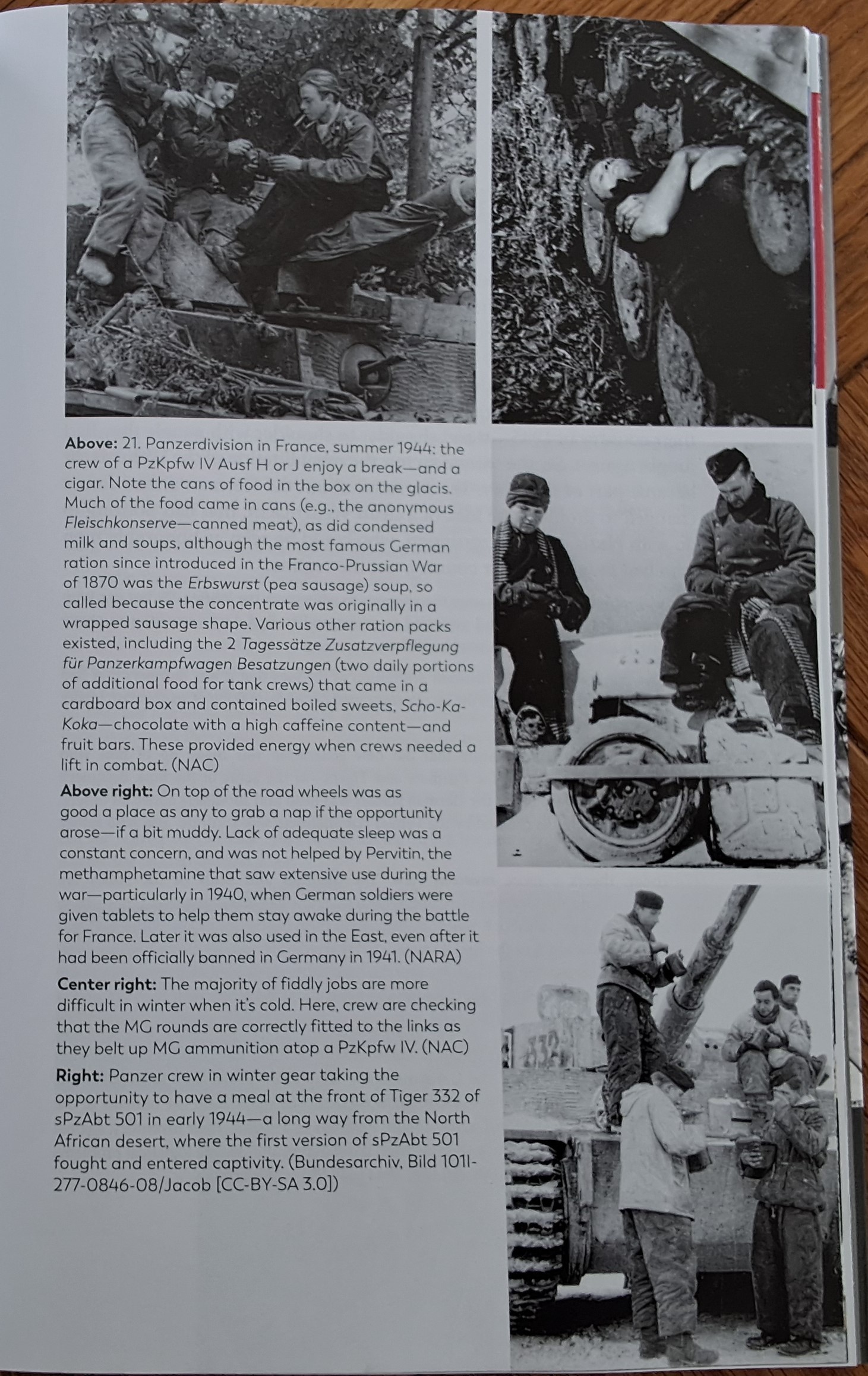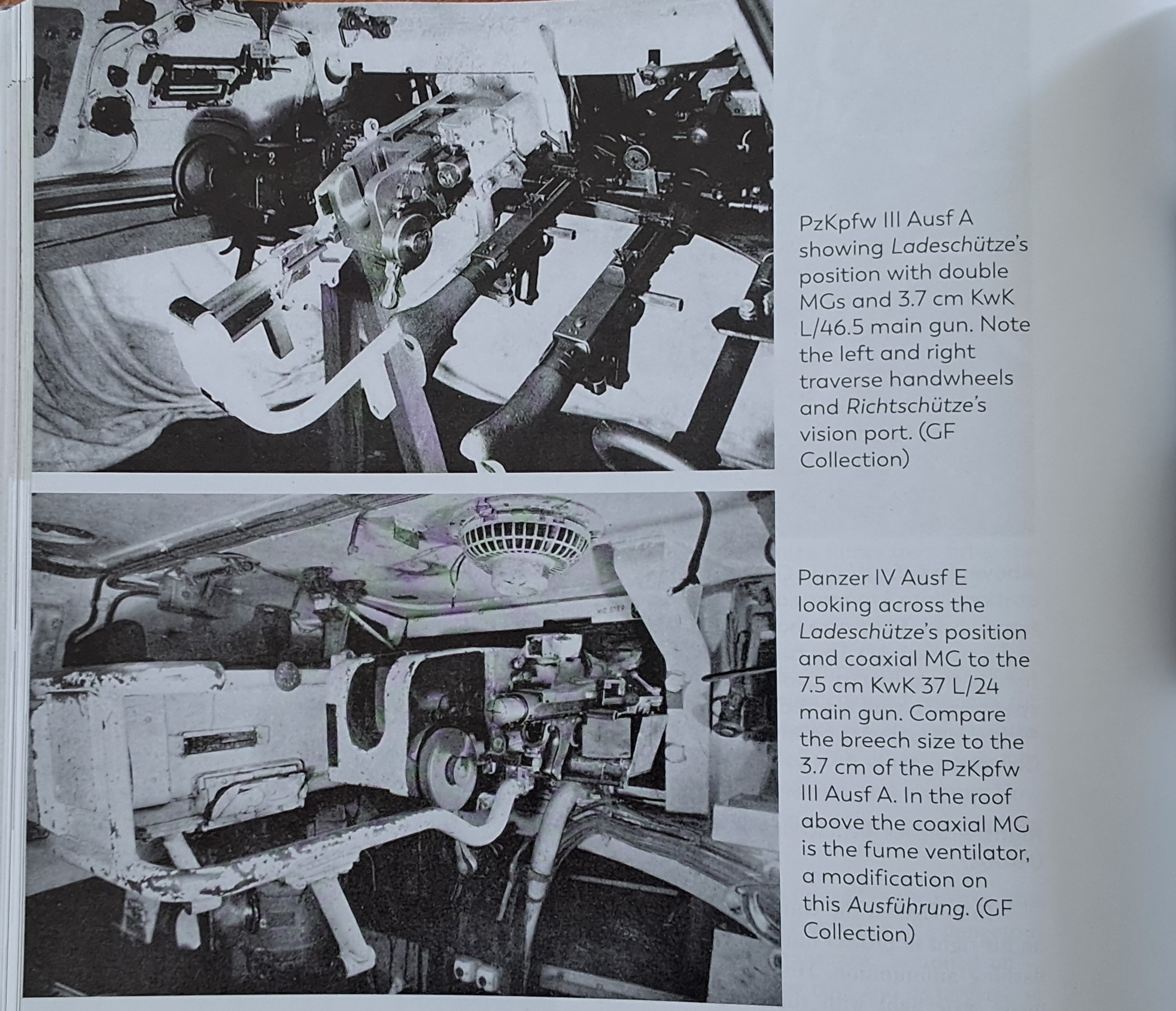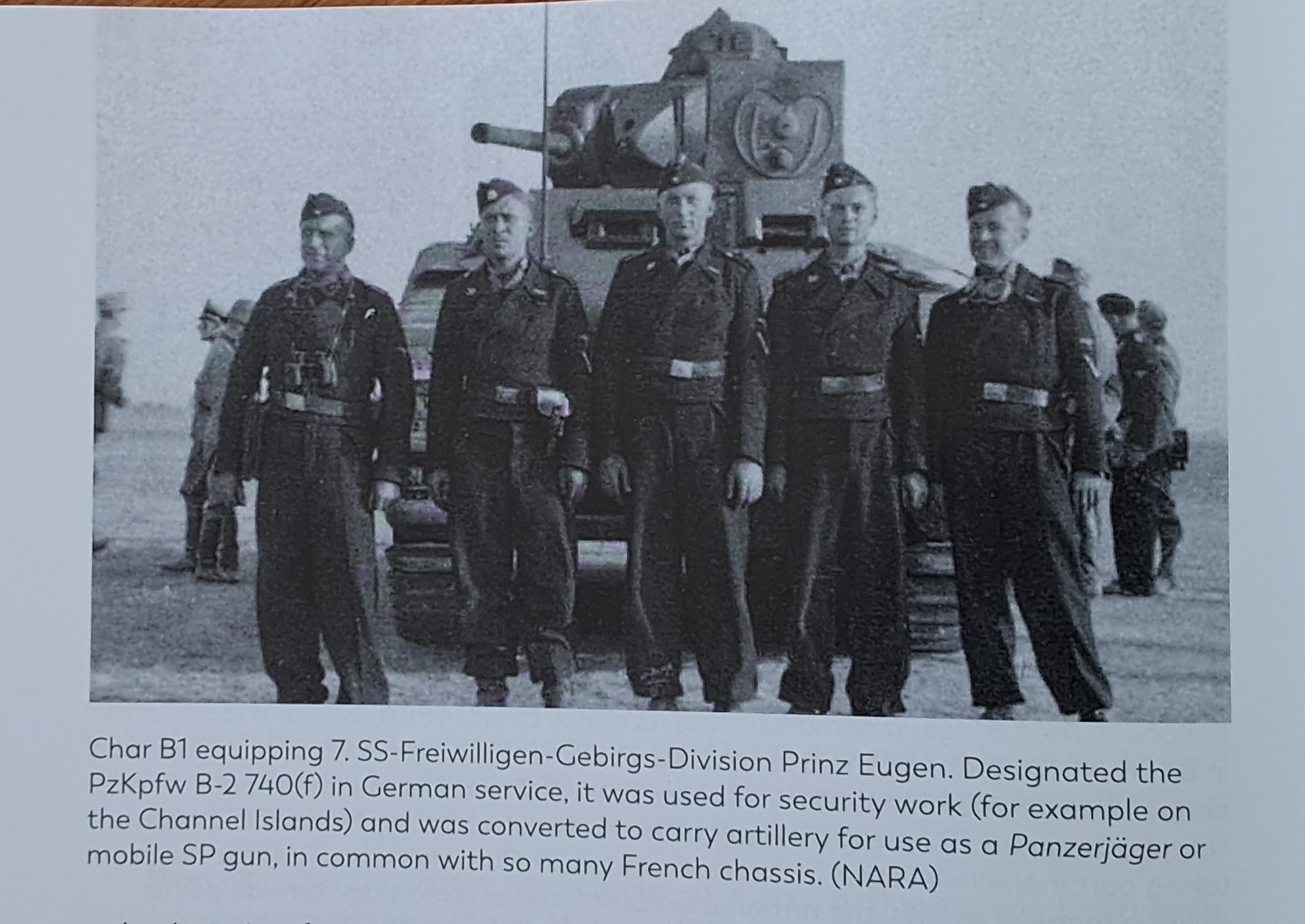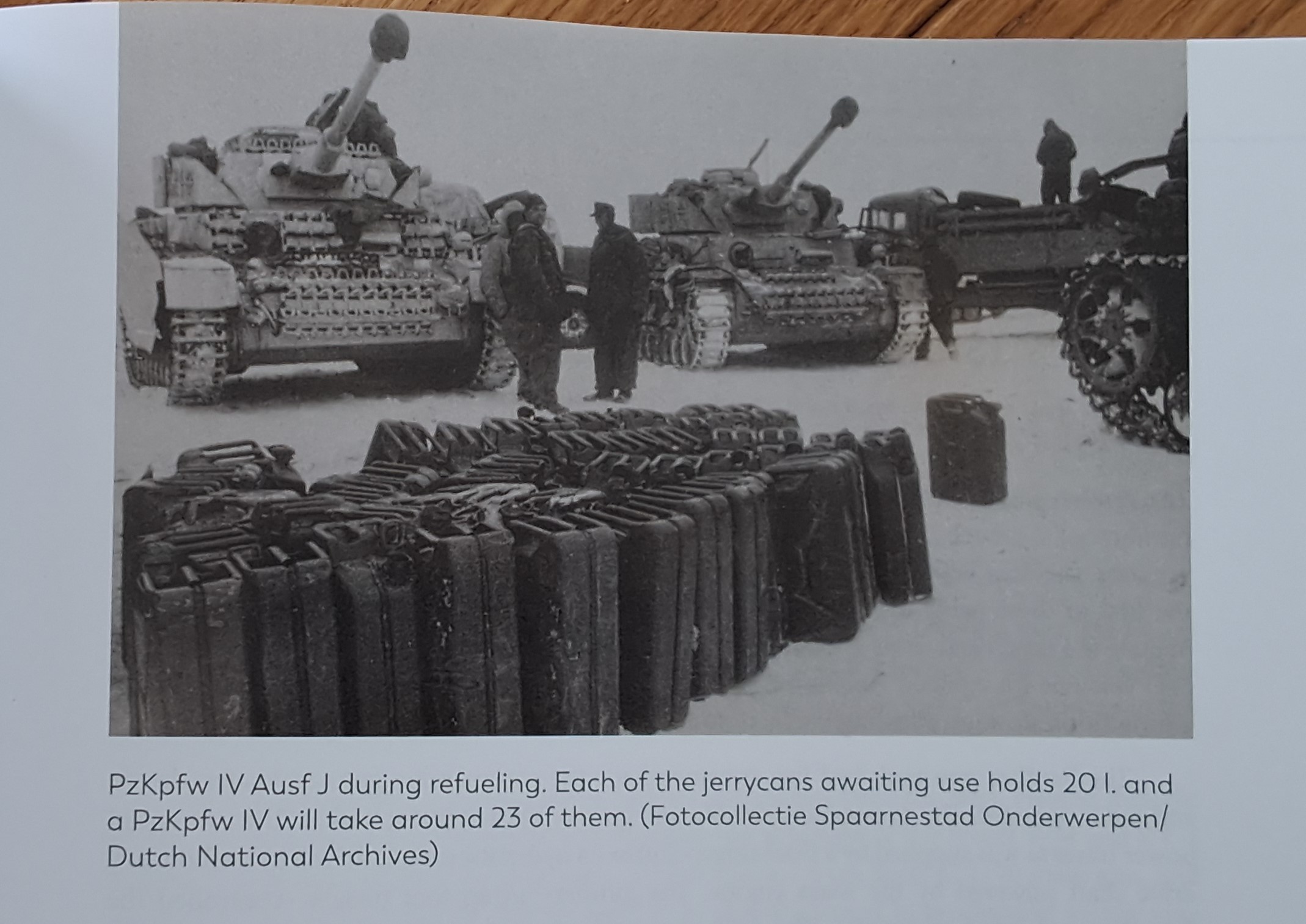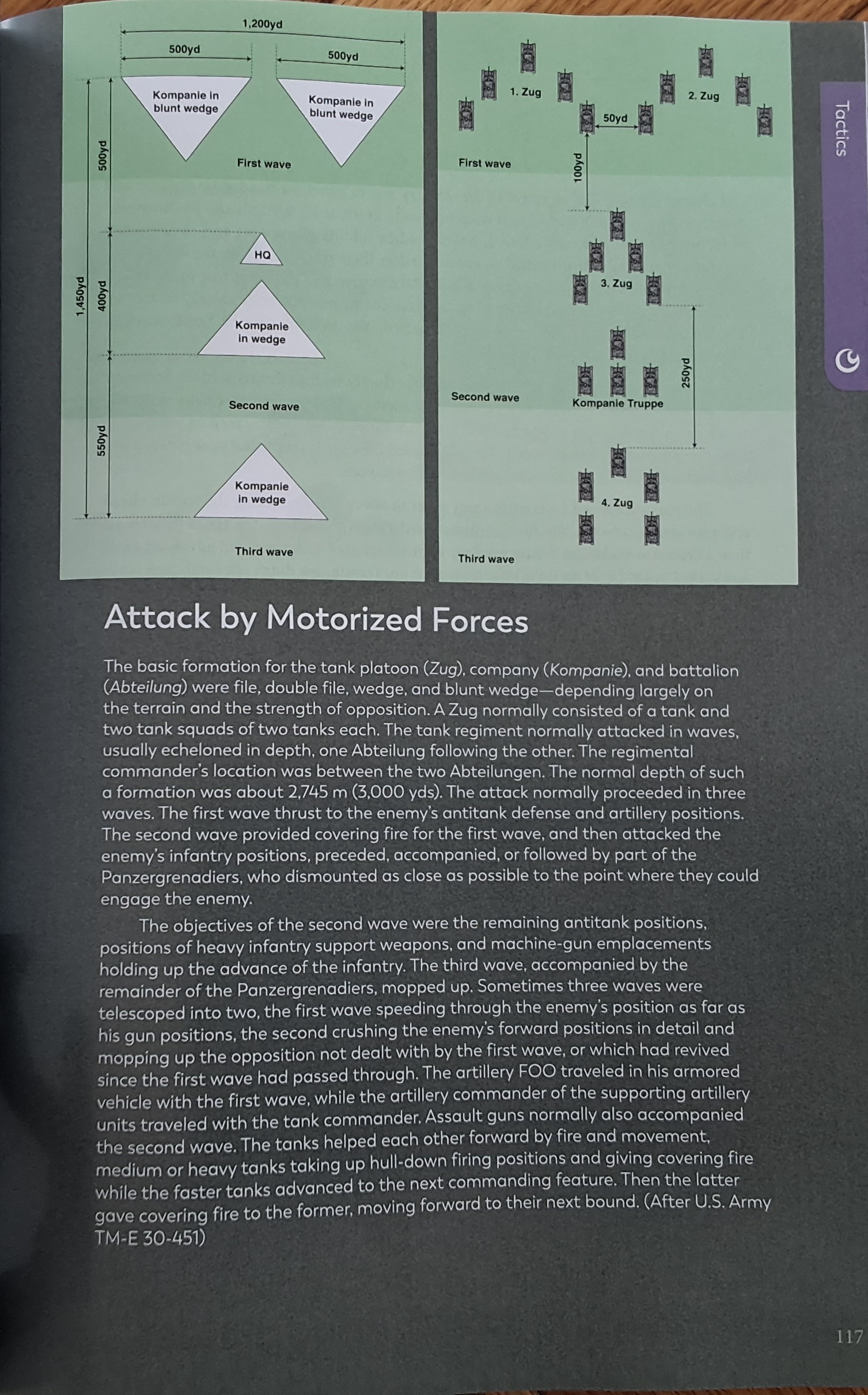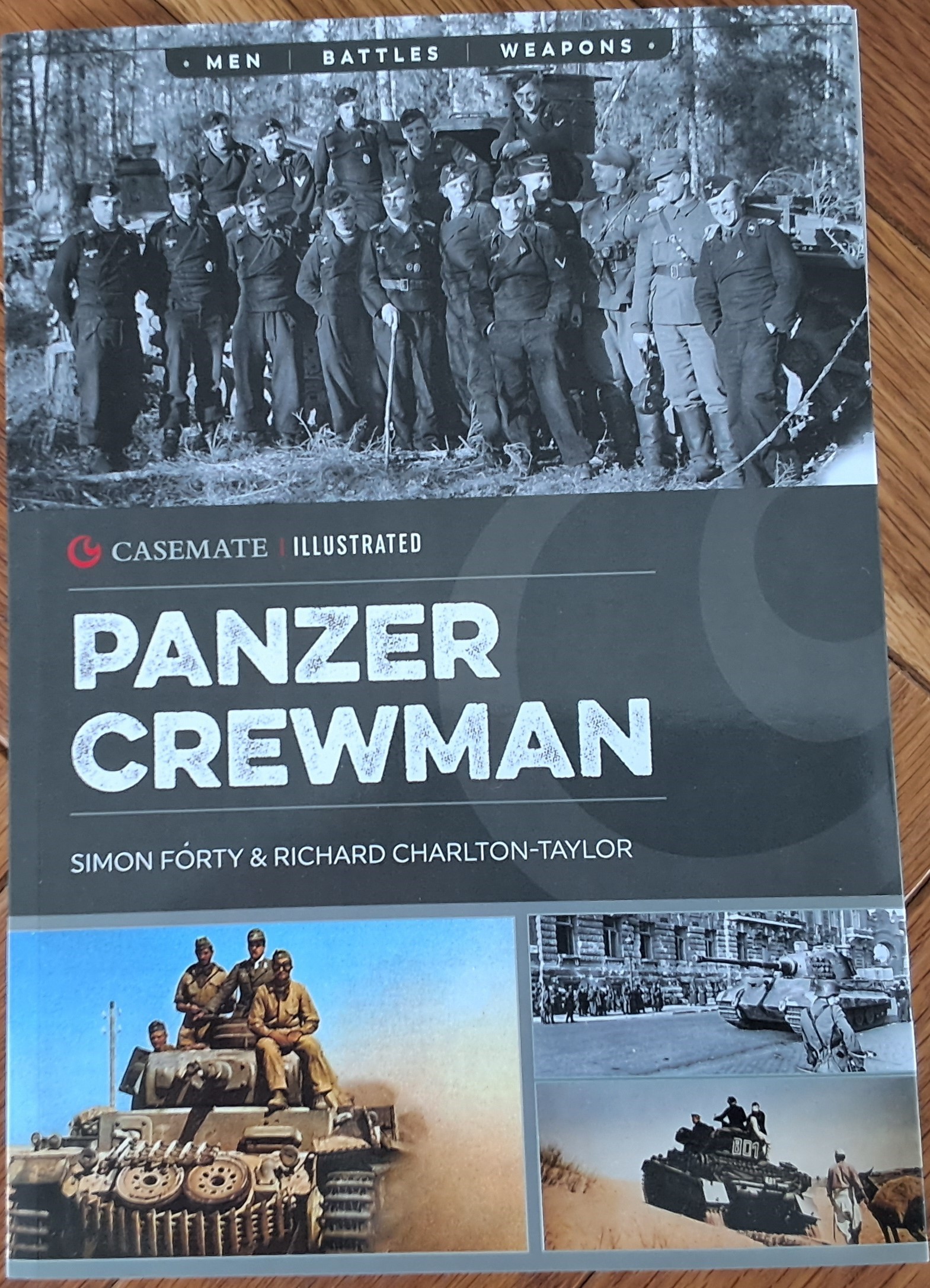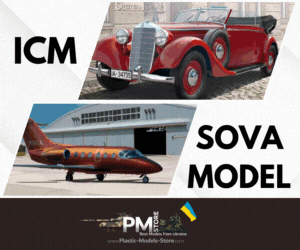from the publisher: Part of the reason for these successes was undoubtedly the Panzers themselves, but it wasn’t just the weapons that led to the Panzers’ successes—it was the way they were handled. A weapon is only as good as those who use it and the Panzertruppen—from higher command down to individual crew members—proved themselves to be very good at using their weapons. Not just the men who fought in the tanks but those who maintained them and kept them in the field, recovered and rebuilt the casualties, and dealt with the over-complexity of design and the huge variety of types of tank, weapon and ammunition. Selection and training standards—so good in the early war years—may have dropped off as wartime exigencies bit deep, but from 1939 to 1945 German Panzer crew were second to none. This Casemate Illustrated provides a full introduction to the role, and experience, of the Panzer crewman.
contents:
Introduction
The soldier
Facilities
Tactics
Life in the field
Bibliography
Index
Review,
Having read plenty of books on various panzers, panzer development, and panzer tactics, I wasn't expecting too much from this title at 128 pages, but it was an interesting read start to finish. The author got my attention in the first paragraph with, "French and Soviet tanks, even the British Matilda, were more than a match for their German equivalents." Which put things in context after earlier lauding the success and prowess of panzers and panzer crew, page 9.
Also interesting, page 11, "German tank production started slowly, and it was only in 1944 that it hit its peak - and that despite the attentions of the allied air forces." The book is full of similar facts that you would not otherwise think of.
The text is an easy read, moves along in a logical direction, covers aspects of panzer crewman you'd expect to read about; the chapter The Soldier includes awards and decorations, uniform, and units.
The Panzers covers the panzer I through VI, and the 35(t) and 38(t), including production numbers if that interests you. There is some good commentary about the Tiger and how the myth exceeded the reality, but that the Nazi propaganda machine worked it hard promoting the power of the iconic panzer. Each panzer is summarized over a couple of pages, including images, so do not expect an in-depth analysis of your favorite panzer. There is a paragraph on beutepanzer, bruckenleger, bergepanzer, and flakpanzer. There is comment on zimmerit (a paragraph), page 89. I did find 'crew seating positions', see images below, interesting as not something I'd pondered previously. The scale drawings showing the change from Panzer I through VI ausf B (Tiger II). Similar, the diagram on ammo held, see below.
There are plenty of images, mostly new, all clear, some colour current vehicles, and each is supported with a sentence or paragraph to give the image context.
Easily recommended, grab a copy today and read for your next build.
